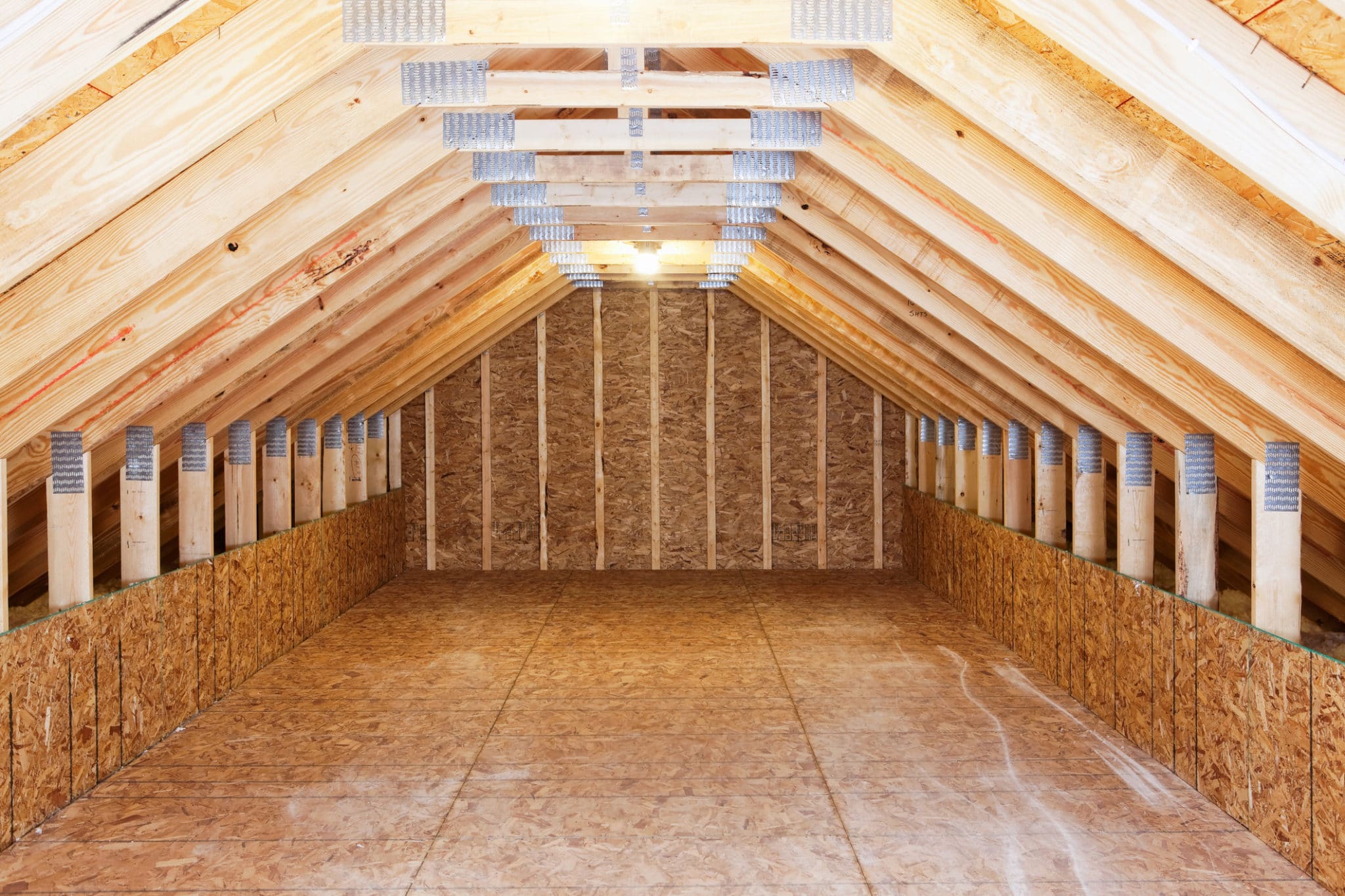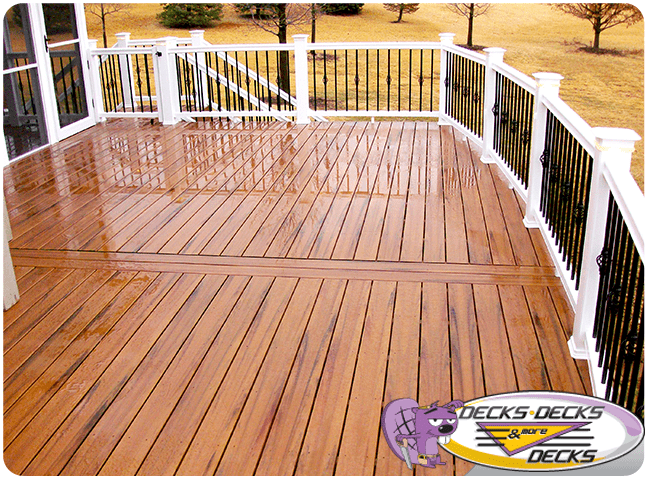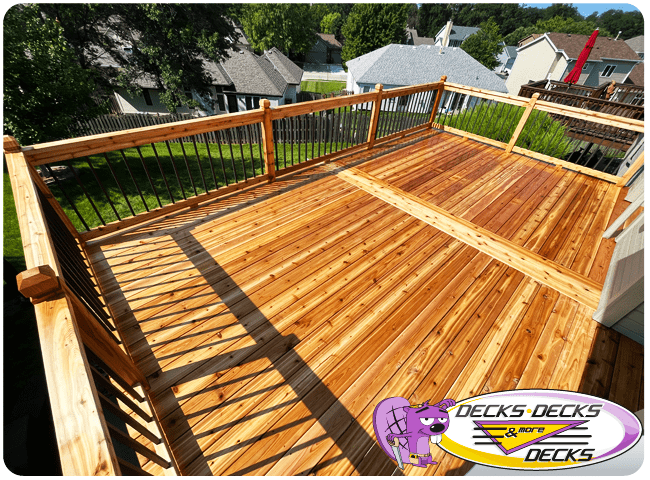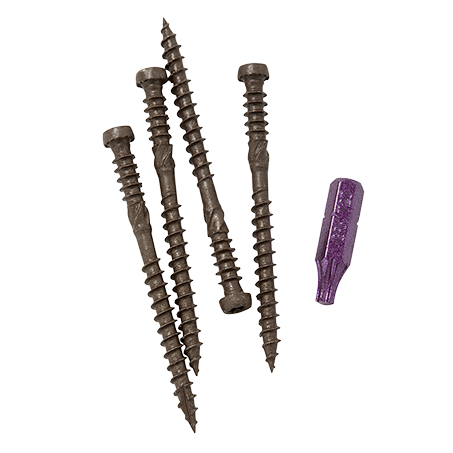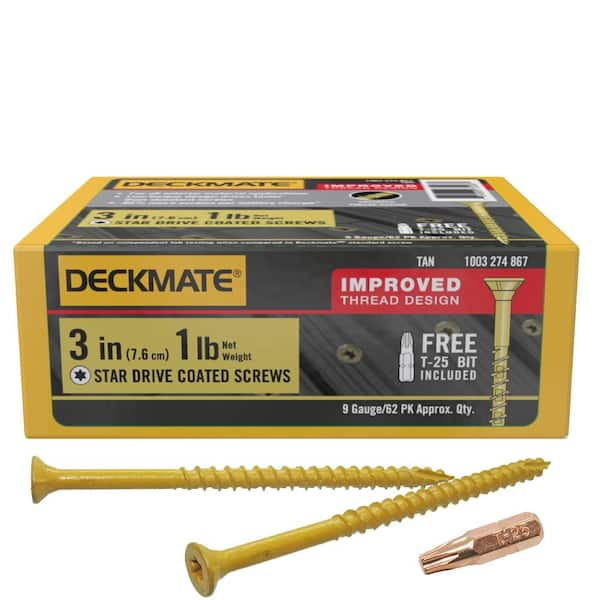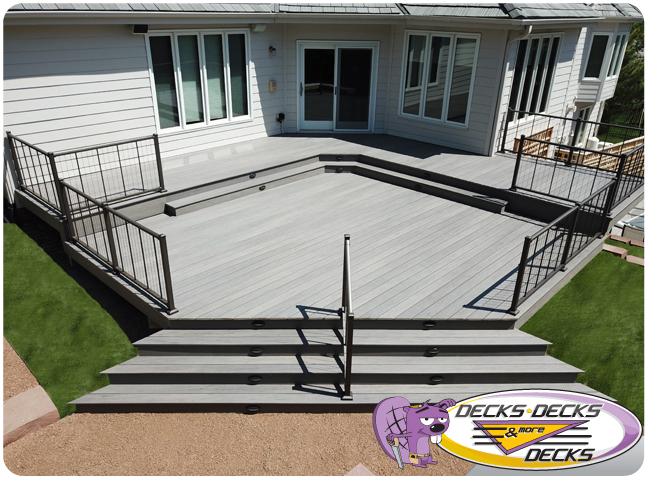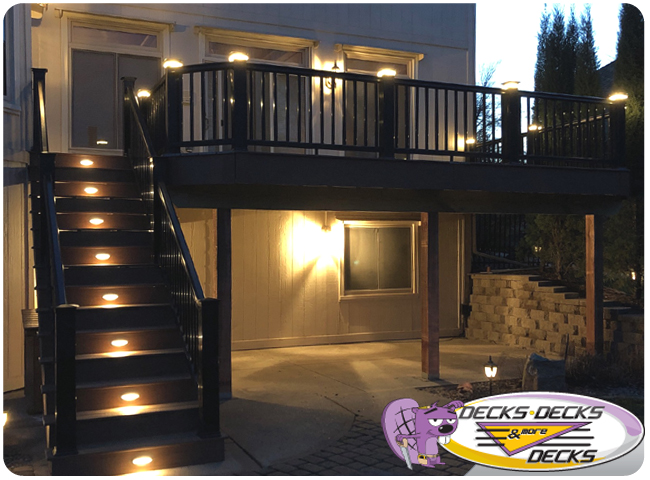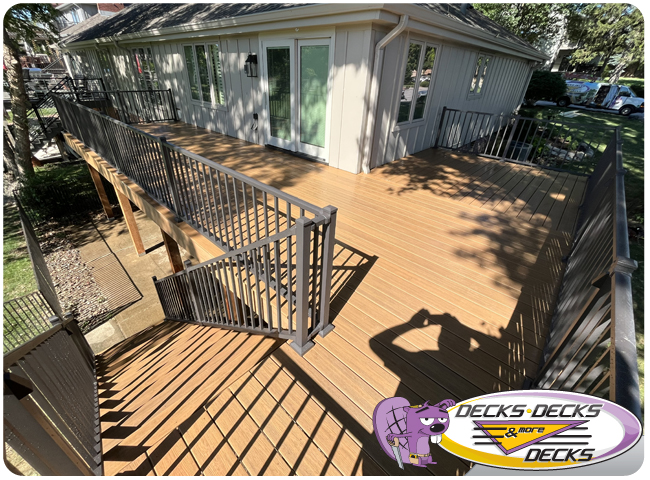The Complete Guide to Deck and Patio Costs: What to Know Before You Build
When it comes to enhancing your outdoor living space, understanding the costs involved is crucial. Whether you’re planning to build a new deck, add a patio cover, or update existing features, knowing the cost factors and adjustments can help you make informed decisions. This comprehensive guide covers everything from the cost of materials to the benefits of cost-effective options.
1. Cost of a Deck
Building a deck is a fantastic way to increase the functionality and value of your home. The cost of a deck can vary widely depending on the size, materials used, and complexity of the design. On average, a basic deck can cost between $15 and $35 per square foot, but more luxurious designs can push this figure higher. Be sure to factor in additional costs such as permits, labor, and any custom features you want to include.
2. Cost Adjustments and Factors
Several factors can influence the final cost of your deck or patio project. Here are some of the primary considerations:
- Size: Larger decks or patio covers will naturally cost more due to the increased amount of materials and labor required.
- Materials: From pressure-treated wood to high-end composite decking, the type of material you choose will significantly impact the cost.
- Labor: The complexity of your design and the experience of your contractor can affect labor costs. Custom features, multi-level decks, or intricate designs may require more skilled labor, increasing the overall expense.
- Location: Local labor rates, permitting fees, and even seasonal demand can cause variations in cost.
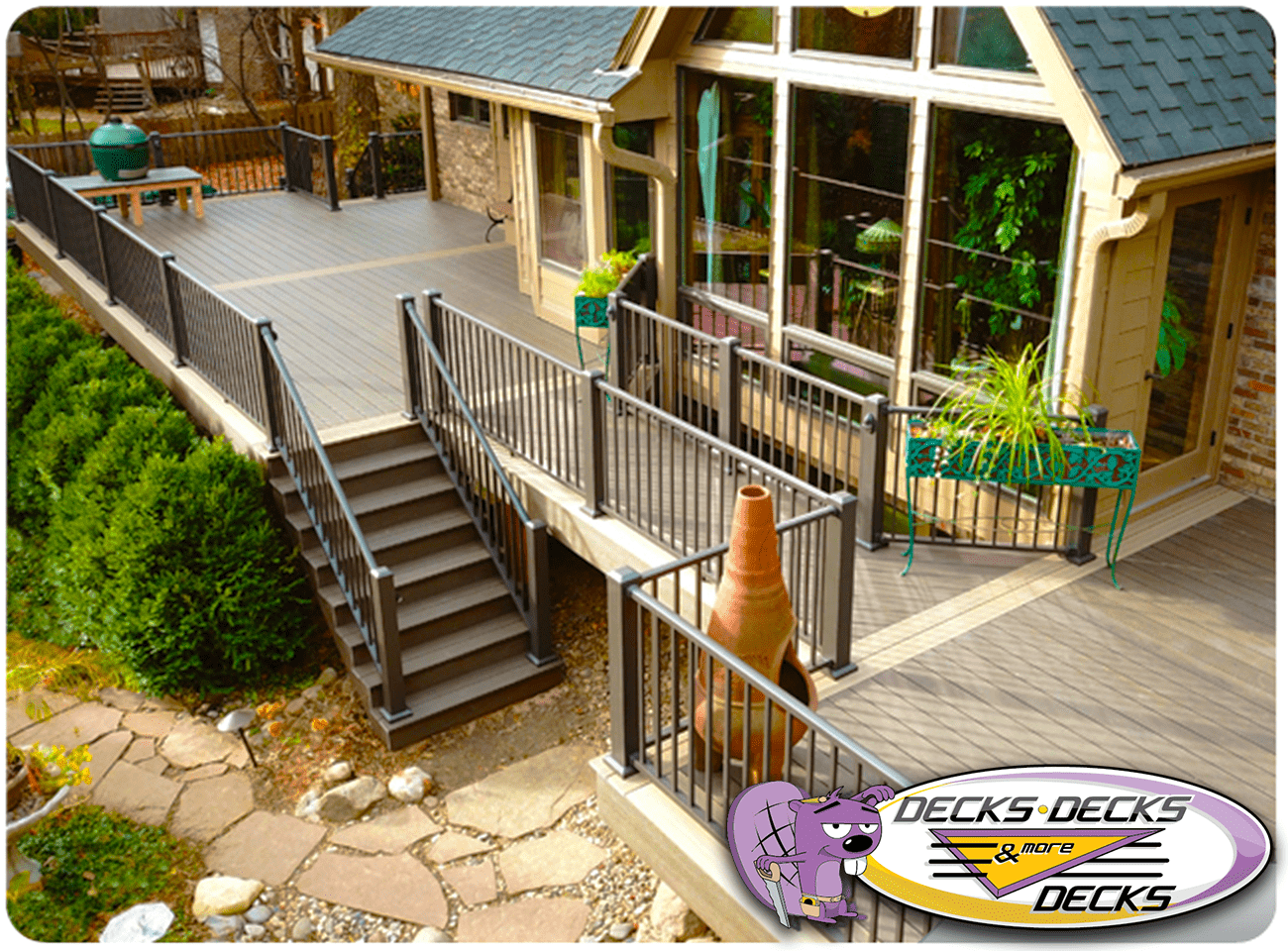
3. Cost of Building a Patio Cover
Adding a patio cover is a great way to enjoy your outdoor space all year round. The cost of building a patio cover ranges from $1,000 to $10,000 or more, depending on the materials used and the size of the cover. Options such as aluminum, wood, and even motorized louvered roofs can significantly impact the cost.
4. Cost of Composite Deck Installation
Composite decking has become a popular choice due to its durability and low maintenance. The cost of composite deck installation typically ranges from $30 to $60 per square foot. While the initial cost may be higher compared to wood, the long-term benefits such as reduced maintenance and longer lifespan make it a cost-effective choice.
5. Cost of Materials
The materials you choose for your deck or patio cover will be one of the biggest determinants of overall cost. Here’s a quick breakdown:
- Pressure-Treated Wood: $15 – $25 per square foot.
- Cedar or Redwood: $25 – $35 per square foot.
- Composite Decking: $30 – $60 per square foot.
- Aluminum Patio Covers: $15 – $35 per square foot.
- Wood Patio Covers: $20 – $50 per square foot.
6. Cost of Patio Covers
A patio cover can provide shade and shelter, making your outdoor space more usable. Costs can vary significantly based on the type and size of the cover. Simple aluminum covers can start at around $1,000, while more elaborate wood or motorized options can exceed $10,000.
7. Cost to Build, Replace, or Repair a Deck
- Building: Building a new deck from scratch can range from $4,000 to $20,000 or more, depending on size and materials.
- Replacing: Replacing an existing deck can cost slightly less, but you should budget for demolition and disposal of the old structure.
- Repairing: Repairs, such as replacing damaged boards or reinforcing the structure, typically cost between $500 and $2,500, depending on the extent of the damage.
8. Cost-Effective Solutions
Finding cost-effective solutions doesn’t mean you have to compromise on quality or aesthetics. Here are some tips to help you save without sacrificing your vision:
- Choose Cost-Effective Decking Materials: Opt for pressure-treated wood or mid-range composite decking to balance cost and durability.
- Consider DIY Projects: If you have the skills and time, consider handling some of the smaller projects yourself, like painting or installing basic railings.
- Plan for the Future: Invest in quality materials and construction now to avoid costly repairs or replacements down the road.
9. Cost-Effective Deck Lighting
Deck lighting can enhance safety and create a beautiful ambiance. Cost-effective options include solar-powered lights, which can be installed without wiring, or LED strips that can be placed under steps or railings for a modern look.
Conclusion
Understanding the costs associated with building or upgrading your outdoor space is essential for making informed decisions. By considering all cost factors and choosing cost-effective solutions, you can create a beautiful, functional, and affordable deck or patio that meets your needs.
Check Out This Blog!


